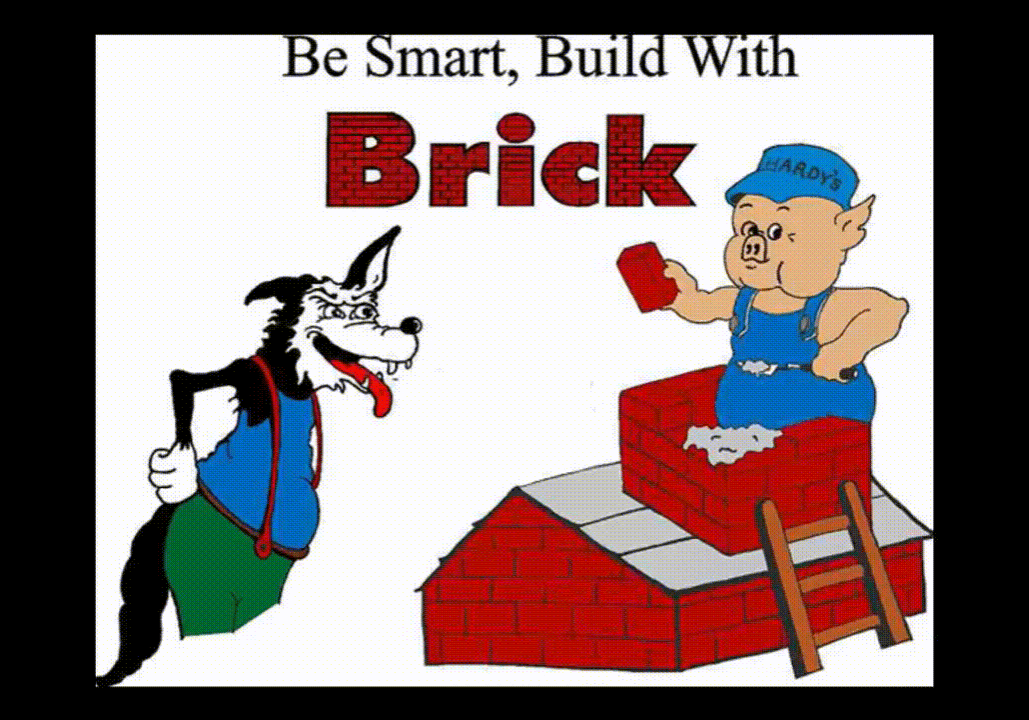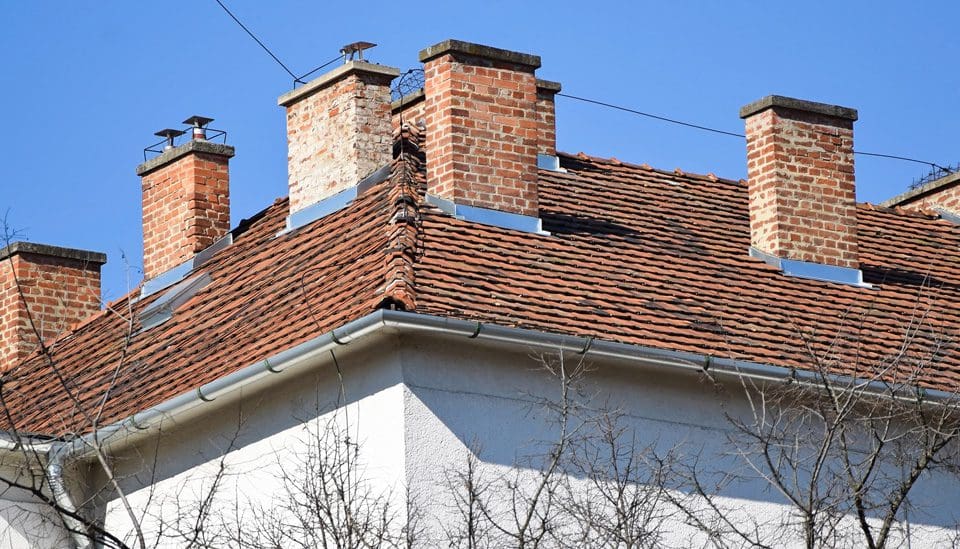We Are A Complete Chimney Service Company


Award-Winning Chimney Services in Connecticut
Don't take your family's safety for granted.
Chimney safety should be your #1 priority since your home is where you and your family live.
We specialize in all areas of chimney service. Hardy's Mason Chimney Service is a family owned and operated company. We provide personal service to all of our customers. We believe in service after the sale. If you have any questions or concerns, or just need a little friendly advise on using your fireplace, we are always glad to help. Give us a call anytime.


Your Feedback Matters
We value your feedback and strive to continuously improve our services. Please take a moment to share your experience with us.
Frequently Asked Questions
The acidic moisture that comes from condensed flue gases is the primary culprit. This acidic moisture attacks the chimney from the inside.
That is why a chimney may look good from the outside, but the inside can be a totally different story! Years of normal use with hot and cold cycles and seasonal weather conditions all take their toll on a chimney.
High-efficiency furnaces have helped to conserve the earth’s natural resources, and have also led to lower heating bills for homeowners.
High-efficiency furnaces extract more heat from a given amount of fuel than conventional furnaces. The combination process is more thorough and less heat is lost up the chimney. Since less heat is sent up the chimney, the flue seldom has an opportunity to “dry out”. Once flue gases drop to 120 degrees Fahrenheit, condensation begins. Herein lies the side effect of high-efficiency furnaces – excessive moisture in the flue.
The combustion process itself also leads to condensation in the chimney. Water vapor is a by-product of burning fuel. When 1 cubic foot of gas is burned, 2 cubic feet of water vapor is created.
Traditionally built chimneys with clay liners will not last under this moisture assault. Stainless steel relining is the best solution for moisture attack.
It happens thousands of times each year. Damaged chimneys resulted in disaster. Carbon monoxide leaks through cracks in the flue lining and into the home. Even small amounts can make you and your family sick.
There is also the risk of a chimney fire, leading to a house fire. Highly combustible creosote can leak through even small cracks in clay linings. Once ignited, a creosote fire can find its way through the cracks, and dangerously increase chimney heat. Or the flames can simply penetrate cracks in the mortar and ignite a home.
We look for: the type of chimney you have; the liner type, if present; the size of your chimney flues; the type of fuel you burn, both fireplace or stove; and central heating. We check for code compliance as to construction, clearances to combustible materials, proper stove or insert installation, and proper furnace and/or water heater connections to the chimney flue. We also check to see if you already have a chimney cap.
All chimneys should have caps to prevent leaves, sticks, debris, animals, and, most importantly, rain and snow from entering the chimney flue.
Carbon monoxide is especially dangerous because it is not easily detected. The symptoms of carbon monoxide poisoning are often mistaken for common illnesses such as headaches, nausea, fatigue, or even depression. Carbon monoxide detectors are now readily available, and no home should be without at least two of them: one near the furnace and another near the sleeping area of the home.
Detectors are NOT a substitute for routine maintenance, but can be a lifesaver should problems occur. Carbon monoxide problems are always caused by poor ventilation, and blocked chimneys are one of the largest single causes of carbon monoxide in the home.
Without proper maintenance, heating systems can be dangerous because they can cause fires or release toxic gases into your living area that cause serious damage, illness, or even death. Poor ventilation is the cause, so it’s critical to have a clean chimney. When there is a build-up in your chimney, it must be removed by a chimney professional.